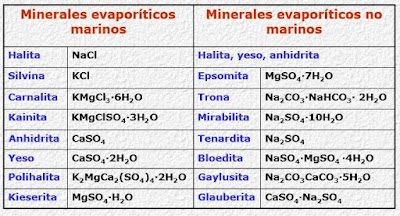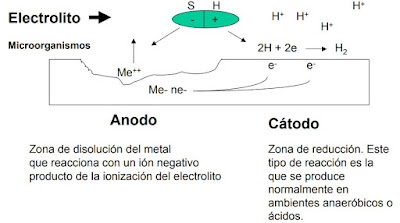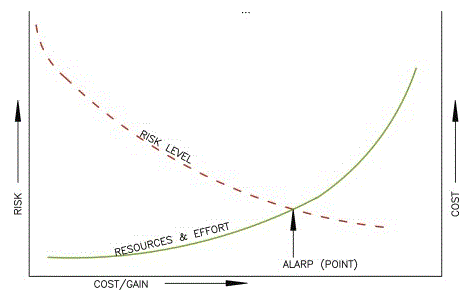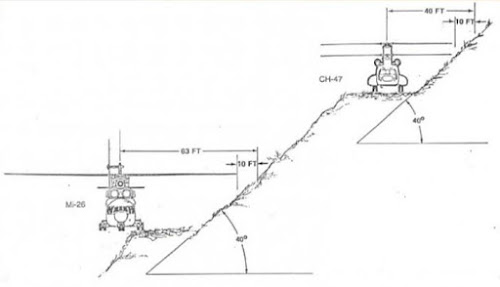Los domos de sal tienen una estructura interna sumamente complicada, específicamente un fuerte plegamiento. También el sector de contacto con las rocas más jóvenes se ve intensamente afectado por las fuerzas de la subida de la estructura.
El exceso de movimiento que se observó en los estudios realizados en el Golfo de México fue de hasta 1 pulgada / hora.
En contraste, para sales denominadas como una sal "limpia" (halita) no muestra ningún movimiento, es prácticamente inmóvil, cabe aclarar que la movilidad está fuertemente afectada por las condiciones de temperatura, contenido de agua y presión a la que se encuentra.
Ventajas en la perforación de sal
La sal de hecho proporciona una serie de ventajas para la perforación:
(2). La ventaja de perforar en la sal, es la capacidad de reducir significativamente el riesgo de situaciones de control.
(2). La presión de los poros de las formaciones inferiores son elevadas.
(3). La dureza de la sal hace difícil el control direccional.
Una mala selección de las propiedades del lodo de perforación en el caso del lodo base agua pueden crear diferentes diámetros en el pozo por efecto de la disolución de las paredes de la sal causando problemas en el asentamiento de la tubería de revestimiento, al finalizar la etapa por tener un agujero mal configurado, (fuera de calibre) que aunque la afluencia de la sal podría estabilizar se debe considerar que la estructura no tiene la misma composición mineralógica en las distintas profundidades lo que podría provocar que algunas partes permanezcan inmóviles lo que deja un pozo irregular, lo que acarrearía serios problemas en la cementación primaria de la TR aumentando los costos de la perforación al tener que realizar cementaciones forzadas.
El cierre de la sal aumenta la carga sobre la tubería de revestimiento y el cemento ya que ambos deben ser capaces de resistir las fuerzas aplicadas por la sal que se expande radialmente en algunas ocasiones no homogéneamente y aprieta el pozo, como se muestra en la Fig.3.4, por lo que se deben considerar estas condiciones en el diseño de asentamiento de las tuberías de revestimiento (TR) considerando una resistencia al colapso alta.





























